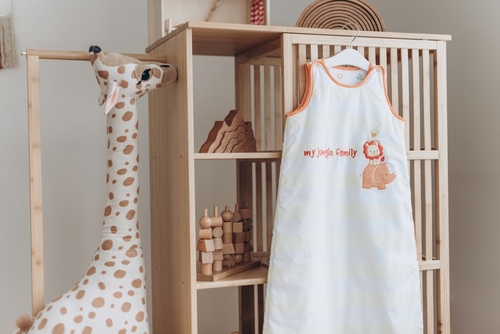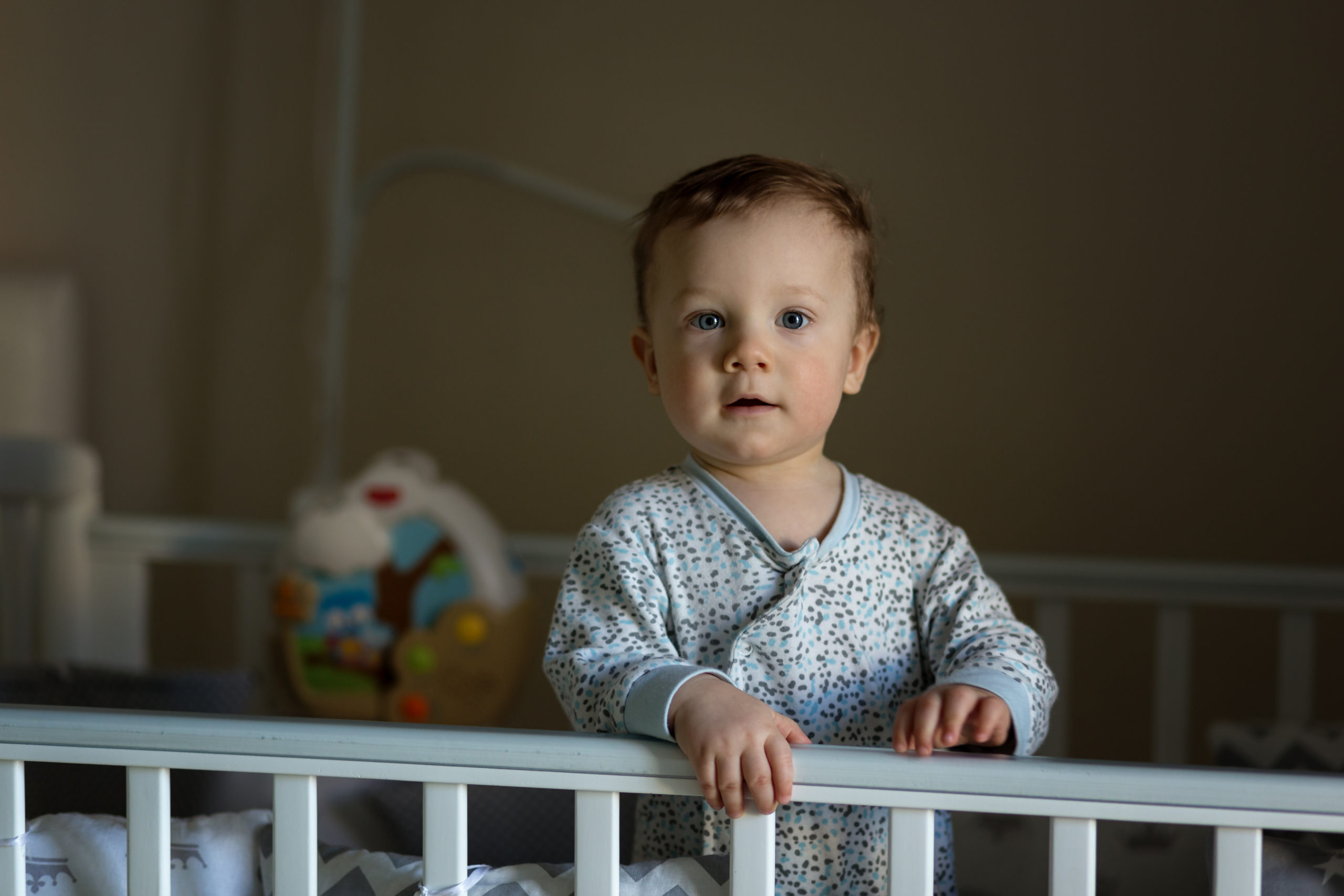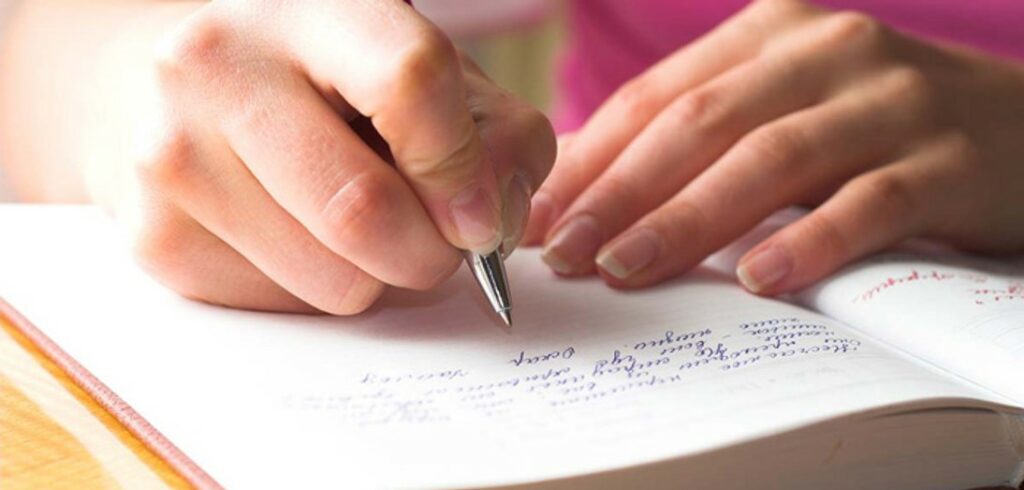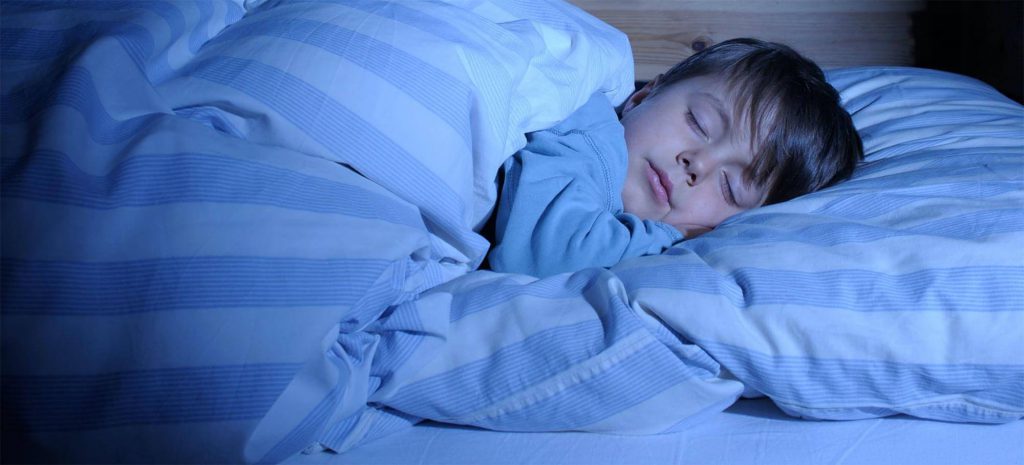Welcome to the second blog in our series. Join us this time as we offer insights and top tips to support you and your partner when your little one is waking up in the night and you’ve got work the following day!
Becoming a new parent is an exciting and life-changing experience. However, it also comes with its own set of challenges, especially when it comes to balancing work and your baby’s nighttime needs.
As a new parent, you may find yourself struggling with sleep deprivation, trying to maintain a work-life balance, and navigating the challenges of returning to work when your baby is waking frequently in the night.
Top Ten Tips for Juggling Work when Your Baby Wakes in the Night:
-
Prioritise your and your Partner’s sleep:
As much as possible, try to prioritise yourself and your partner’s sleep. This may mean adjusting your usual routines to ensure that each of you has an opportunity to rest, even if it’s just in short bursts.
If you can share nighttime responsibilities with your partner. This might involve taking turns getting up with the baby during the night.
-
Sleep when your baby sleeps:
While it may be tempting to use your baby’s nap time to catch up on chores or work, it’s crucial to prioritise your rest. Even short power naps have been shown to help you recharge and feel more alert.
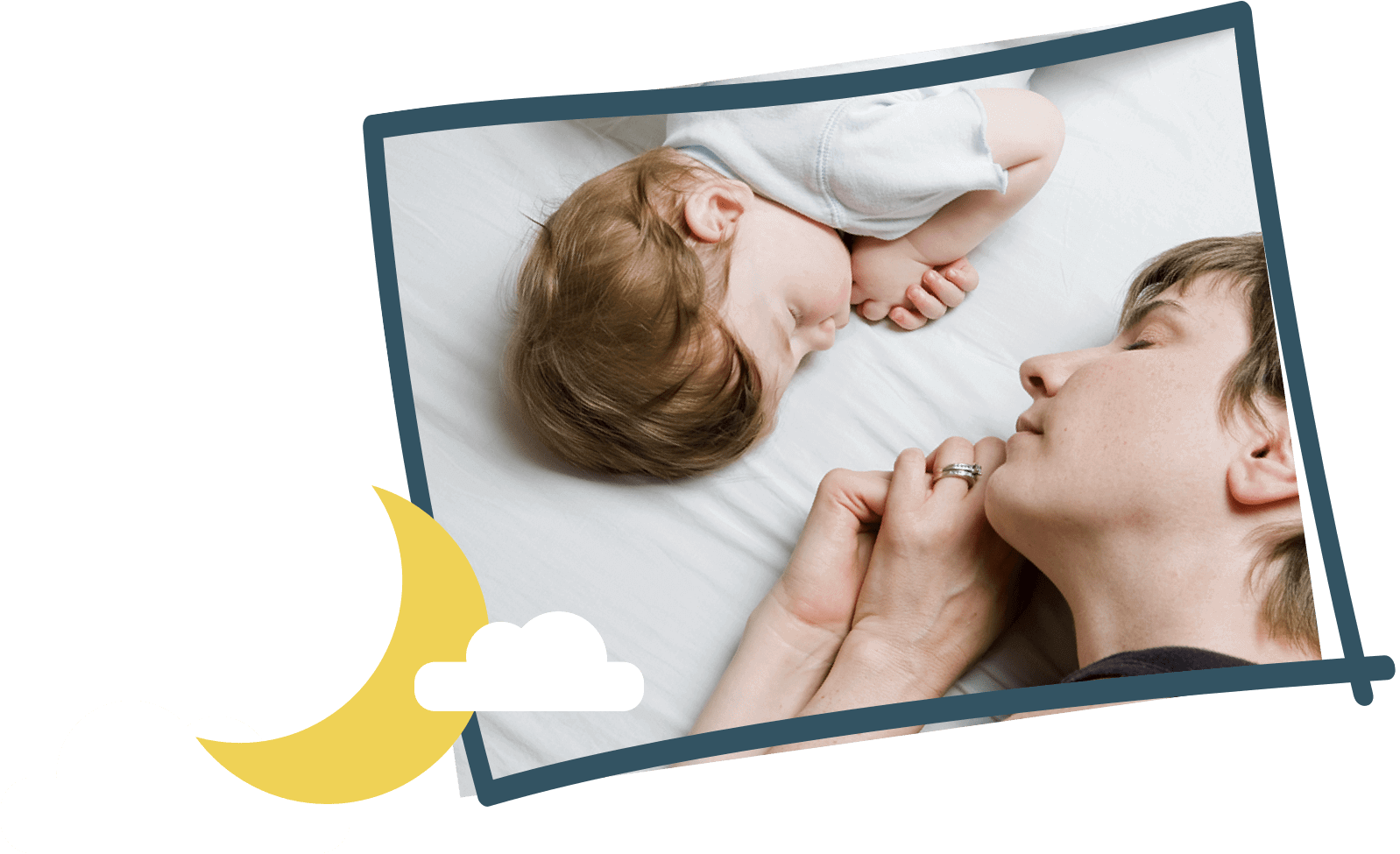
-
Taking care of your physical and mental well-being:
Sleep deprivation can have a significant impact on your physical and mental health. It can lead to irritability, difficulty concentrating, and even depression. As a new parent, it’s essential to prioritise getting enough rest to mitigate these effects as best as you can.
Try to engage in activities that help you relax and unwind, even if it’s just for a few minutes each day. Set aside some time to do something you enjoy, whether it’s reading a book, taking a walk, having a relaxing bath or catching up with friends.
Eat nutritious foods and stay well hydrated:
Instead of reaching for another cup of coffee or an energy drink, why not try incorporating some energy-boosting foods and drinks into your diet?
Some examples include:

- Nuts and seeds: These are a great source of healthy fats, protein, and fibre, which can help keep you feeling full and energised.
- Whole grains: Foods like oatmeal, quinoa, and brown rice are complex carbohydrates that provide sustained energy throughout the day.
- Fatty fish: Salmon, tuna, and sardines are rich in omega-3 fatty acids, which can help improve brain function and boost energy levels.
- Make sure to drink plenty of water throughout the day to stay hydrated and energised. You can also switch things up by drinking coconut water, which is rich in electrolytes and can help replenish your body’s energy stores.
-
Consider your sleep hygiene:
Make sure your bedroom is dark, quiet, and cool to promote better sleep. Consider using blackout curtains or a white noise machine to block out any distractions.
Even though it may feel as if you need it, it’s best to avoid caffeine and heavy meals close to bedtime and try to establish a consistent sleep schedule to help regulate your body’s internal clock.
-
Ask for help:
Don’t be afraid to ask for help from your partner, family, or friends. Having someone else to take your baby for a walk or prepare a meal for you can give you a chance to catch up on some much-needed rest or sleep.

-
Don’t be afraid to say no:
Saying no can be difficult, especially when it comes to the people we care about. We often feel guilty or obligated to say yes, even when we know we’re struggling and it’s not in our best interest. However, setting boundaries and learning to say no is crucial for our mental and emotional well-being. Taking care of yourself is super important; it’s okay to say no when you’re busy or feeling tired.
-
Be realistic about what you can achieve:
As a new parent, you may not have as much time to devote to work as you did before. Prioritise your tasks and focus on the most critical ones first.
Take advantage of flexible work arrangements. If your job allows it, consider working from home or adjusting your work schedule to better accommodate your baby’s needs.
-
What can you realistically expect from your baby’s sleep:
It’s normal for babies to wake during the night, especially if they’re going through growth spurts, teething, or developmental milestones. Adjusting your expectations will help you to feel more in control and calmer about the situation.
If your baby’s sleep issues are particularly challenging and you’re struggling, you may want to consider seeking help from your health visitor or a sleep consultant.
-
Speak to your boss or your HR dept:
Try discussing your situation with your employer or HR. They may be able to offer you some flexibility in your work, such as adjusted starting or end times, or the option to work from home.
-
Be kind to yourself:
Remember that parenting can be hard work, and it’s okay to struggle sometimes. Be kind to yourself and acknowledge that you’re doing the best you can. Make sure you celebrate the small wins, like a bit more sleep or handling work and parenting well. Cheering for these steps can lift your spirit and boost your confidence.
By prioritising self-care, staying organised, and seeking support when needed, you can successfully navigate the demands of work while caring for a baby who wakes frequently during the night. With patience, perseverance, and a healthy dose of self-compassion, you’ll find your rhythm and thrive in both your professional and parenting roles.
Above all, cherish the moments with your little one, even during those bleary-eyed nights. Remember that this phase is temporary, and as your baby grows, their sleep patterns will evolve, bringing newfound freedom and opportunities for rest.
Feel free to give us a call if you’d like to chat about your little one’s sleep! We’re here to help.
Written by Mandy Gurney RGN.RM.Dip HV.
Founder Millpond Children’s Sleep Clinic
